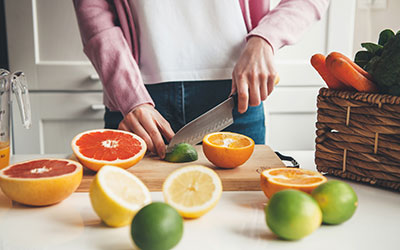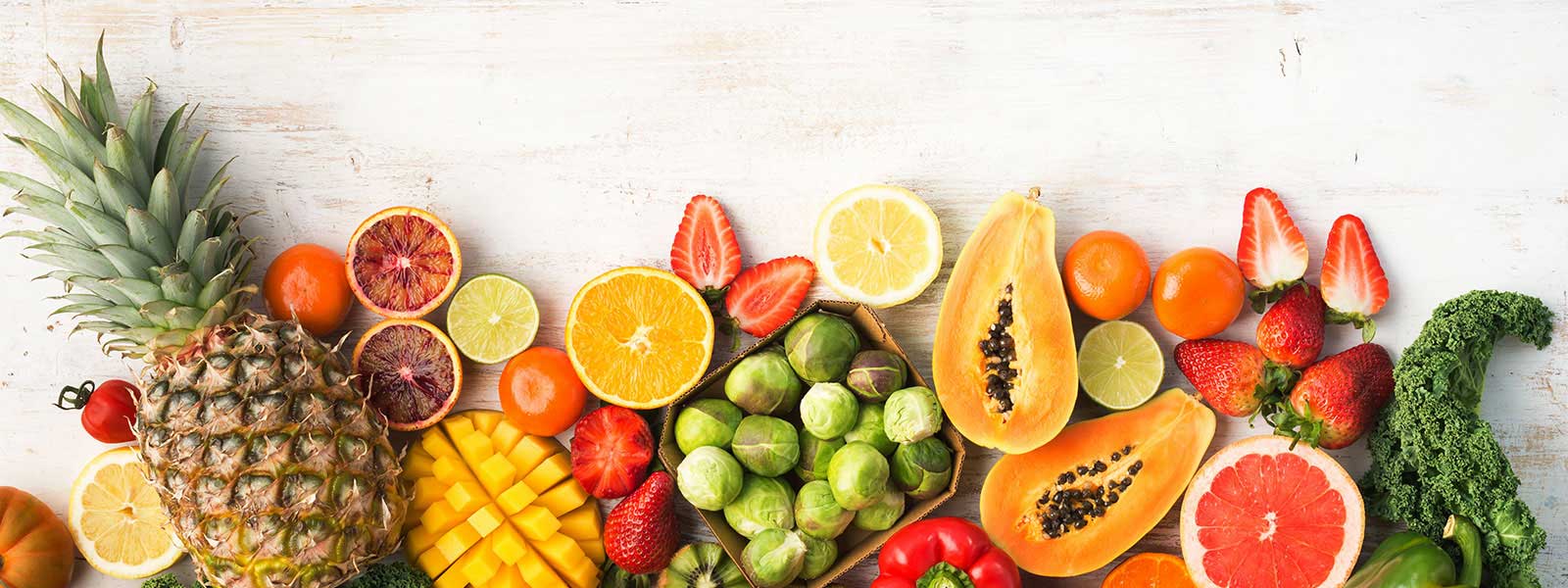The Ascorbate Way
How to get more Vitamin C into your diet and lifestyle
Let me put it this way-Vitamin C is a powerhouse of antioxidants which helps fight free radical damage in your body. This is enough to
The body, however, does not make vitamin C on its own. It is a water-soluble, ascorbic acid-meaning that vitamin C first dissolves in water and then is transported to different parts of the body. Unlike fat-solution vitamins, it does not stick around. Your body absorbs what it needs at the time and flushes away the rest. But hold your horses: taking much more than the recommended dose on a single day-between 65mg and 90 mg-can cause your body to dysfunction. In fact, taking more than 2000 mg could cause health distress!
Since our body does not store this vitamin, it is crucial to take it daily from food or drink. And, since it protects you from environmental stressors, you would want to make it a part of your diet and lifestyle at the soonest.
In my first job, soon after college, I would see my boss eating a grapefruit for breakfast every morning. Without fail. I always wondered if he never got bored. One day, seeing the expression on my face, he told me he did; but since he had learnt a lot about nutrition by then, he made it a point to have his daily vitamin C dose despite the boredom. However, the list of vitamin C rich foods is an extensive one and includes guavas, thyme, parsley, red cabbage, kale, kiwi, broccoli, lychee, papaya, strawberry, oranges, broccoli, red pepper and more.




how to get the most vitamin C
There are some thumb rules to make vitamin C a super-easy part of your lifestyle.
- Whenever possible, eat raw fruits and veggies. Cooking strips food of vital nutrients, especially the water-soluble variety. In fact, if you cook vitamin C rich veggies for a long time and at high temperature, you can break down the vitamin. If you are the ‘raw-is-ugh’ kinds, try stir-frying or blanching the veggies. As for fruits, eat them ripe to get the maximum amount of vitamin C.
- Make vitamin-C rich fruits your go-to snack. A grapefruit for breakfast is not a bad idea, nor oranges, tangerines, kiwis, and even the humble lemon. Keep a bowl of these in the home, within easy sight and reach. Their bright colours will quickly make their way into your mouth and heart.
- Slice up a lemon and squeeze it into any dish that can be enhanced with a dash of the tangy lemon-from soup to salad and others in between.
- Having lunch with crudité on the side, such as raw broccoli and red peppers, can be good.
- Eating fermented vegetables is yet another way to make vitamin C a part of your diet and lifestyle. Take for example kimchi, a traditional Korean side or even the German sauerkraut. Both not only provide about half of the recommended daily value of vitamin C, they also contain gut-strengthening probiotics.
- Though popping a vitamin C supplement would appear a sure-fire way to make vitamin C a part of your lifestyle, it comes with its own downside. There could be an excessive intake that could disrupt body balance. So, if you are eating a wholesome diet, you will most likely not need a supplement. Also, always go by the advice of your doctor when starting supplements.
- Finally, since only a small amount of the vitamin C you consume makes its way into the skin, you would want to topically apply vitamin C serum. It provides protection against damage caused by UV exposure. Also, if you have age-related concerns, then vitamin C serums will help repair collagen damage and wrinkles. Routinely apply vitamin C serum before sun exposure to help prevent premature aging and pigmentation.




